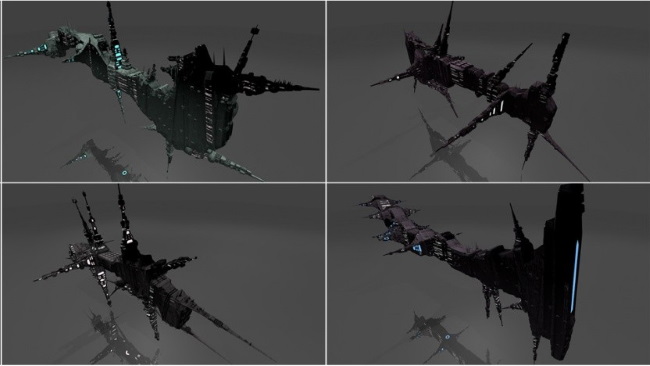The open source software independently creates complex sculptures from a simple cube. Textures for blenders are already integrated.
The developer a1studmuffin developed a python script some time ago that procedurally creates various 3D spaceships in Blender. Starting with a box, the start setting in the software, the script automatically extrudes and scales various elements until a randomly generated model is completed.

Like Blender itself, the program is available free of charge. However, at least version 2.76 of the 3D software is required. With Blender 2.82 there is now a much newer variant. Therefore, it shouldn’t be a problem if interested people still want to try the script in 2020.
First, the script creates the middle part of a ship and uses it as an axis of symmetry. Individual elements are supplemented with random scaling and rotation, which can also be spheres or tetrahedra. Attempts are also made to construct a front and a rear with engines.
Various Python functions change properties
The directory includes a few pre-made textures as png files. Ships can therefore theoretically continue to be used as finished objects. The three UV texture types use different lighting representations and effects for windows and engines. The files can also be replaced by other graphics. The generate_Spaceship () function can also be used to produce several identical models in succession. For this purpose, a name for the ship is passed along with the function call, for example the name Michael.
https://www.youtube.com/watch?v=aX6HAn7zieg
The script was a contribution to a friendly competition for the procedural creation of objects. The Reddit forum /r/proceduralgeneration shows the projects of many community members who use automation to create and publish animations, graphics and 3D models. One requirement: an algorithm must be used for the creation.
